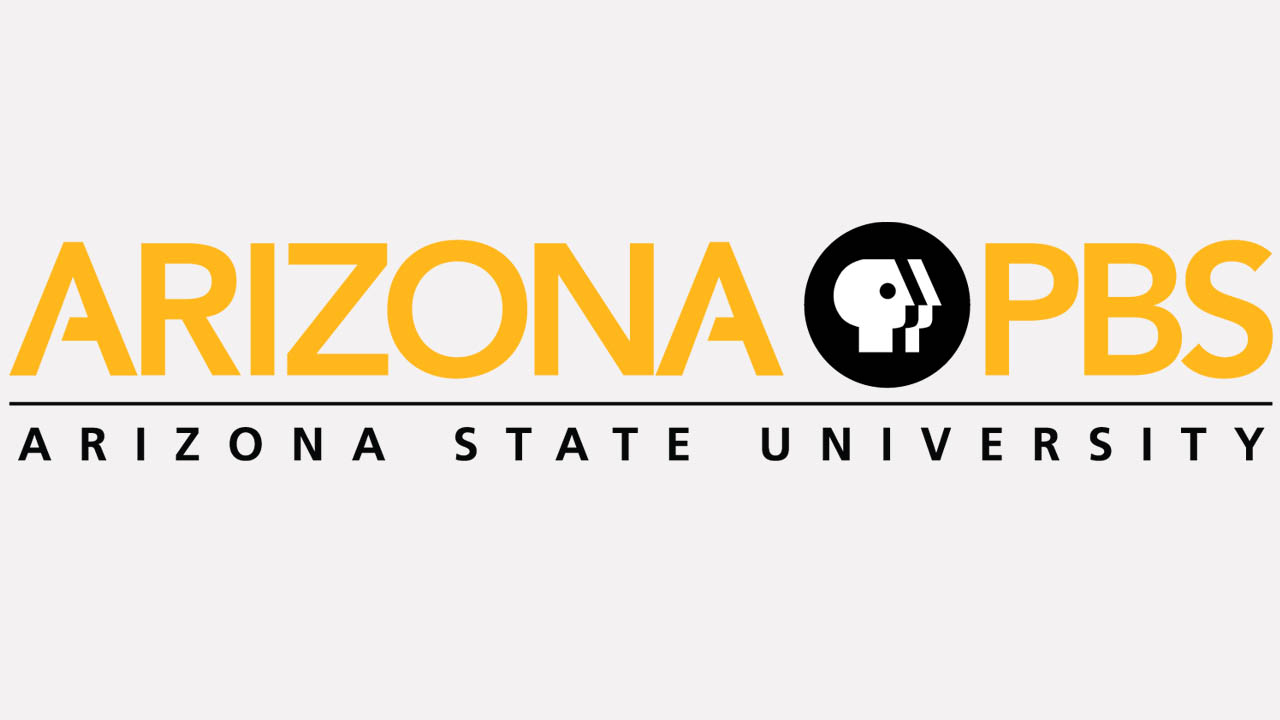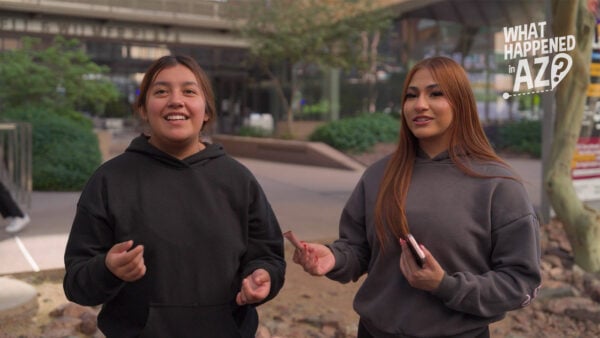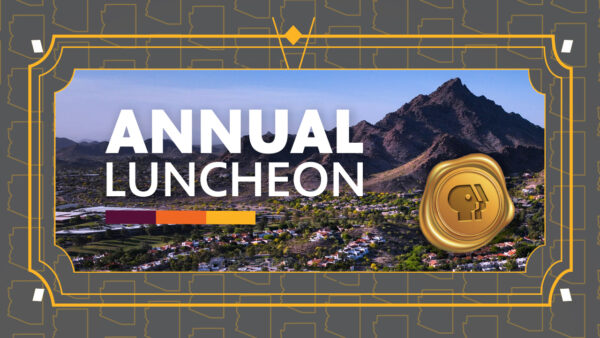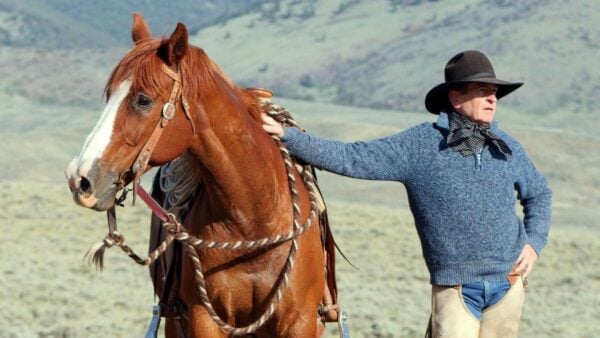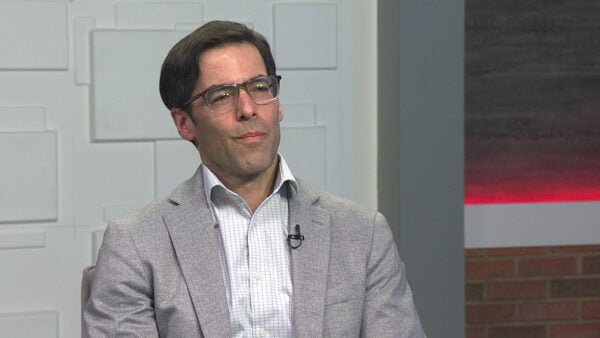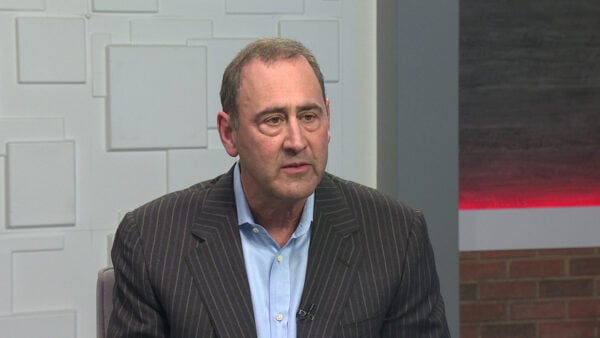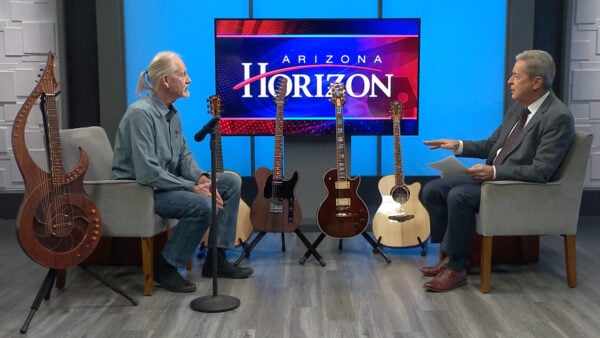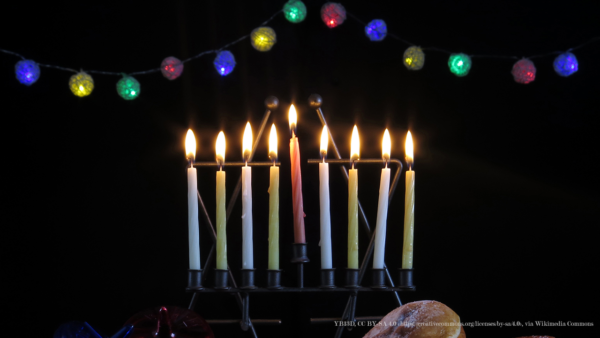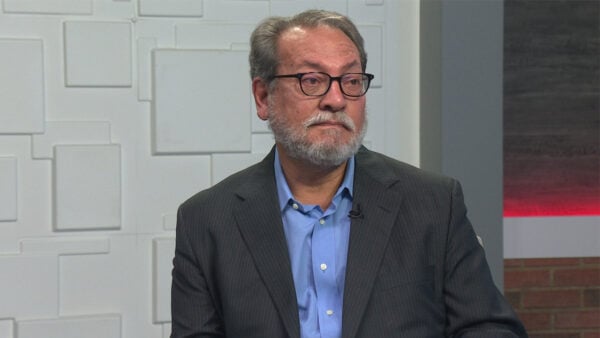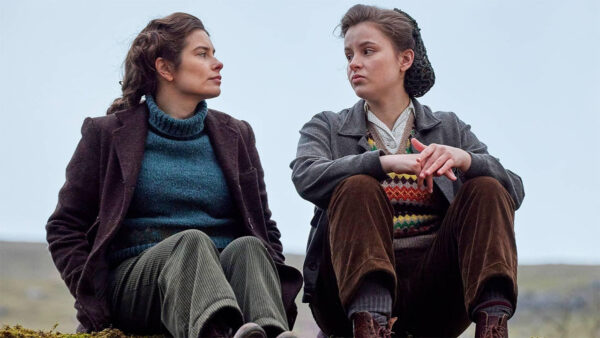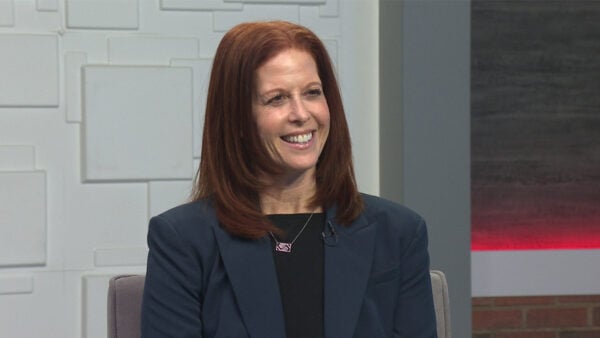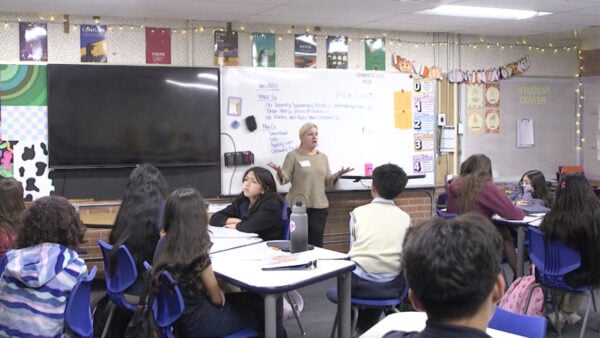
A lot of things have changed in our 60 years of broadcasting — even our name. As Arizona PBS celebrates our big 60th anniversary this year, we’re reflecting on how we’ve gotten this far, while also planning for ways we can continue to serve our communities in the next 60 years.
The station was first envisioned in the late 1950s as a way to extend Arizona State University’s resources into local homes, allowing students to take courses via their TV, an idea that feels very prescient in this year of distance learning. In the 1960s version, students watched their lectures on TV, received course materials by mail, and returned their tests the same way.
Today, Arizona PBS extends far beyond our initial broadcast range. Where once our signal barely covered Maricopa County, today we broadcast to 80% of the state — in addition to educational outreach efforts across all of Arizona and our expanding digital presence.
Our viewers watch Arizona PBS programs on our website and the PBS Video app, follow our “Break It Down” segment on YouTube and engage with us on Instagram and Facebook. As we look forward to our next 60 years, we continue to search for new ways to embody our mission and serve our community — on-air and online.
Like you, Arizona PBS wants to ensure the values of public media are available now and for generations to come. That goal informs our drive to increase our digital content and outreach. We want to inform and entertain Arizonans of all ages, even if they never turn on their TV.
1961
On Jan. 30, Arizona PBS signs on the air as the 56th public television station in the U.S., broadcasting from the old ASU Engineering Center in Tempe.
1962
Arizona PBS premieres nightly local news with “Day in Review News” featuring general manager Bob Ellis with news, program director Shel Siegel with sports, executive producer Chuck Allen with weather, and introducing student intern Al Michaels as all-around understudy.
Arizona PBS receives an award for Achievement in Educational Television from the National Academy of Television Arts and Sciences. The following year, the station receives its first local Emmy Award for airing 300 hours of local programming.
1968
Color studio cameras are purchased.
1973
Arizona PBS moves from the ASU Engineering Center to Stauffer Hall B-Wing, leaving behind old offices in trailers.
Arizona PBS seeks viewer support for programming for the first time. Suggested membership contribution: $15 (equal to approx. $88 today).
The Arizona PBS program guide, at the time called “Undercover,” makes its debut.
1975
Arizona PBS holds its first on-air fundraising, which raises the membership base to 7,100 members.
1976
Arizona PBS premieres a series on “American Indian Artists” on PBS.
1979
In February, the first annual Channel 8 Great Fair at Fountain Hills draws 19,000 people.
1980
Translators at Mount Francis and Mingus Mountain sign on, bringing Arizona PBS’ signal to the Prescott area. Arizona PBS reaches Flagstaff thanks to a translator on Mount Elden the following year.
1981
Arizona PBS televises the Senate confirmation hearings for Supreme Court nominee Sandra Day O’Connor. ASU’s per diem is so low, anchor Michael Grant and producer Rip Wilson end up sleeping in Arizona Senator Barry Goldwater’s office in Washington, DC.
“Horizon” premieres in October, featuring attorney and ASU graduate Michael Grant as host.
1983
On Feb. 23, “The Operation” broadcasts a live heart surgery from St. Joseph’s Hospital and Medical Center. Bernard Schuler’s quadruple by-pass is performed by Dr. Ted Diethrich, who took viewer calls following the procedure. Produced live, the program was seen in the U.S., Canada and the UK.
In September, Arizona PBS introduces more than 60 instructional video courses through the Arizona School Television Project. Initially, 25 schools in 14 school districts participate in the project.
1984
Arizona PBS’ PBS special “Seasons of a Navajo” premieres in February.
In April, a new 270 ft. tower and antenna are constructed in South Mountain Park. The old 97 ft. tower is kept for standby.
1986
On Arizona PBS’ 25th anniversary, stereo and SAP (Second Audio Program) transmissions begin.
1987
Bill Williams Mountain translator signs on, serving Williams, the Grand Canyon and points north.
Pope John Paul’s September 1987 visit to Phoenix and Sun Devil Stadium is carried by Arizona PBS. Arizona PBS’ program about the event wins the Governors’ Award from NATAS in 1988.
1988
Feb. 29: Arizona PBS begins its live, 170-hour, five-and-a-half week coverage of the Arizona Senate sitting as a court of impeachment of Gov. Evan Mecham. Later in the year, these tapes are given to the State of Arizona archive. Arizona PBS wins a regional Emmy Award for its impeachment coverage the following year.
1990
Feb. 28: Arizona PBS’ studio lighting system erupts in a mercury vapor “incident.” The building is seized by HAZMAT teams, forcing the station off the air for 24 hours. General Manager Chuck Allen is seen on (other) local stations anxiously watching the seized building.
The KAET Poll is launched in May 1990. Produced in conjunction with ASU’s Cronkite School, it is an accurate and timely gauge of Arizonans’ opinions on current issues. In its first 10 years, KAET Polls are cited nationally in The Washington Post, The New York Times, Los Angeles Times, USA Today, the Christian Science Monitor and on ABC’s Nightline, NBC, ABC and CBS News and CNN. Cronkite’s Dr. Bruce Merrill and his graduate students are assisted by dedicated Arizona PBS volunteers.
1994
Arizona PBS gets top PBS honors for its community outreach activities and for informational station breaks for children.
1996
Feb. 27: First “Arizona Presidential Preference Forum” is held. Arizona PBS coordinates the live broadcast from Gammage Auditorium. “Horizon” host Michael Grant moderates, while local commercial TV stations provide equipment and staffing. The event and the concurrent KAET Poll garner national publicity and snag another Governor’s Award for Arizona PBS.
1999
“Savor the Southwest,” a 13-part cooking series, premieres locally during the March pledge drive. The most ambitious project Arizona PBS has undertaken to date, the program was carried nationally by more than 80 stations, including most major markets.
2001
After five years of planning and fundraising, Arizona PBS goes digital, now broadcasting in high definition and launching digital channels 8.1, 8.2 and 8.3. Arizona PBS is the first station in Arizona to multicast — broadcast multiple programs at the same time on different channels.
2002
Arizona PBS broadcasts “Live from Mars” to elementary and middle school students in classrooms across the country via the Mars Student Imaging Project, part of the Mars Odyssey Project at ASU. Students at the MSIP facility and remote locations linked via the broadcast are able to interact with NASA researchers.
2003
Gov. Janet Napolitano agrees to be a regular guest on “Horizon” on the first Thursday of every month.
Arizona PBS officially becomes a Ready to Learn station, providing free workshops throughout Arizona on using television to introduce skills and ideas. In the first year, Arizona PBS conducts 52 workshops reaching over 7,000 children and distributing 3,600 free children’s books. One-third of the workshops are presented in Spanish.
“Horizonte” premieres on Sept. 18 after a summer of pilot episodes and guest hosts. Based on the “Horizon” format, the show provides a forum for local and national issues viewed through a Hispanic lens. Phoenix attorney José Cárdenas is selected as host.
2004
Arizona PBS announces a new website address, azpbs.org
2007
After more than 25 years in the “Horizon” anchor chair, Michael Grant steps down. The following year, Ted Simons officially becomes the new host.
2008
Arizona PBS begins the big move to the new Cronkite School building on ASU’s downtown Phoenix campus. Station administration, business office and marketing and development teams make the move, while programming, production, “Horizon,” and creative services remain in Tempe until all broadcast infrastructure is complete.
2009
Arizona PBS completes its move to ASU’s downtown Phoenix campus in December and begins transmitting with just a two-hour overnight interruption. The official grand opening, held in Jan. 2010, is attended by local officials and PBS President Paula Kerger.
2012
“Horizon” is renamed “Arizona Horizon” and moves from 7 p.m. to 5:30 p.m.
2013
Producers of “Latino Americans,” a new national series, choose Phoenix as the program’s national launch site for a community engagement campaign, providing a showcase for Arizona PBS’ ongoing community partnership initiatives.
2014
Arizona PBS officially becomes part of the Cronkite School, now reporting to the Dean rather than through ASU’s Public Affairs department.
2015
The station rebrands itself as Arizona PBS.
2017
Arizona PBS KIDS begins broadcasting on digital channel 8.4, airing PBS KIDS programming 24/7. To celebrate, the station hosts the first Arizona PBS KIDS Festival, welcoming thousands of kids and their families to the Cronkite Building. Arizona PBS’ Educational Outreach department receives NATAS’ prestigious Governor’s Award in recognition of their service to the community.
2019
“Plate & Pour” and “Art in the 48” premiere. Both shows win Emmys for episodes from their first season.
2020
When Arizona schools close their buildings in March due to COVID-19, Arizona PBS partners with Tucson’s KUAT and PBS SoCal to provide curriculum-aligned programming and resources through the At Home Learning initiative.
This timeline was originally published in the Winter 2020 issue of Arizona PBS magazine.
